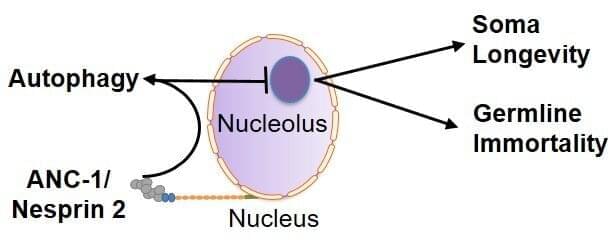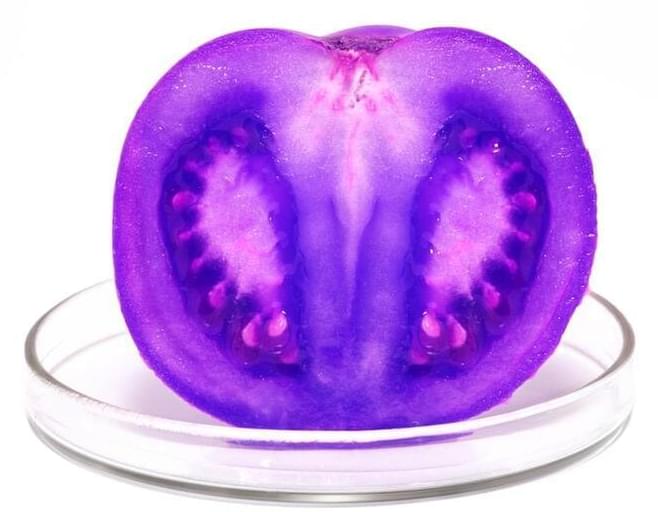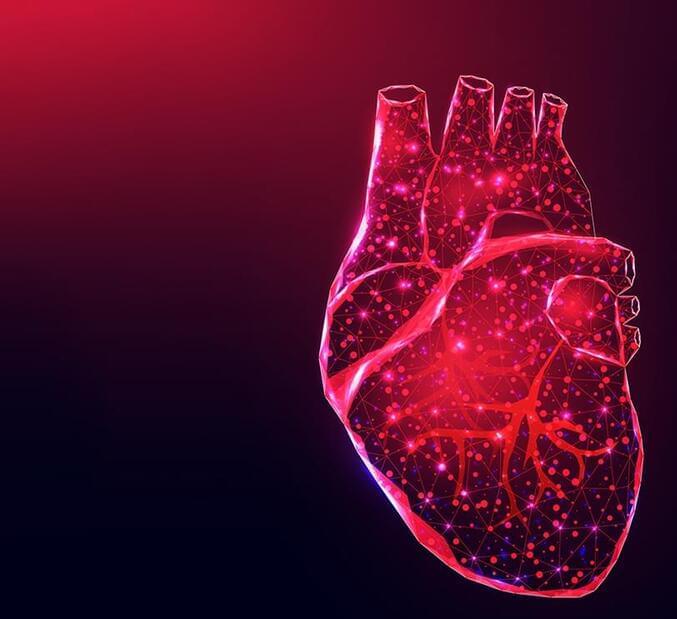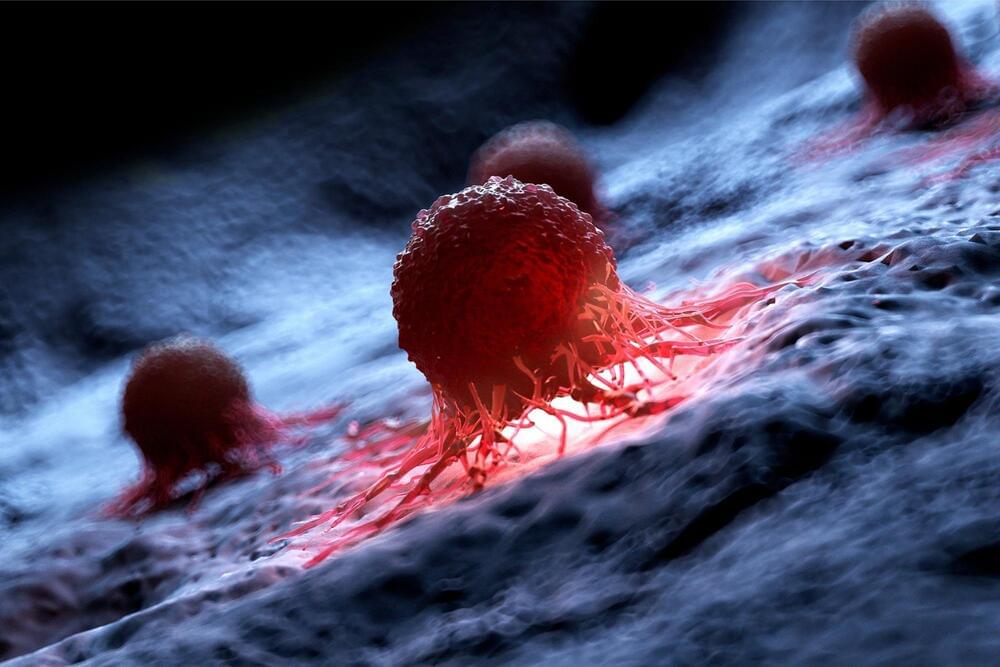To claim your matching donation with Givewell, go to https://www.givewell.org/isaac.
In the future, humanity may embrace genetic engineering and cybernetic augmentation of mind and body, but what does this Transhuman future look like? And should we embrace or resist these paths?
Visit our Website: http://www.isaacarthur.net.
Support us on Patreon: https://www.patreon.com/IsaacArthur.
Support us on Subscribestar: https://www.subscribestar.com/isaac-arthur.
Facebook Group: https://www.facebook.com/groups/1583992725237264/
Reddit: https://www.reddit.com/r/IsaacArthur/
Twitter: https://twitter.com/Isaac_A_Arthur on Twitter and RT our future content.
SFIA Discord Server: https://discord.gg/53GAShE
Listen or Download the audio of this episode from Soundcloud: Episode’s Audio-only version: https://soundcloud.com/isaac-arthur-148927746/transhumanism-humanitys-future.
Episode’s Narration-only version: https://soundcloud.com/isaac-arthur-148927746/transhumanism-…ation-only.
Credits:
Transhumanism & Humanity’s Future.
Science & Futurism with Isaac Arthur.
Episode 375, December 29, 2022
Written, Produced & Narrated by Isaac Arthur.
Editors:
Briana Brownell.
Donagh Broderick.
Keith Blockus.
Lukas Konecny.
Graphics:







